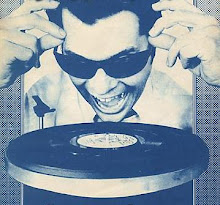It's undeniable that the Beatles' Sgt. Pepper's Lonely Hearts Club Band is the definitive recording of the social upheaval during the '60s. Behind the scenes, there are many things that make this collection of songs even more remarkable. In Manhattan, Atlantic Records had been recording on an eight-track machine for years, as chronicled in Tom Dowd: the Language of Music. Yet at Abbey Road Studios, parent company EMI made their cash cow limp along with wholly anachronistic technology—the four track recorder.
This forced the Beatles' producer, Sir George Martin, and recording engineer, Geoff Emerick, to combine—or "bounce" —several individual tracks into one on a second tape machine in order to create a blank track on the first machine for some other instrument, vocal, or sound effect. Repeated several times, with each bounce the sound quality dropped a notch. More critical was the fact that, each time multiple tracks were bounced, there was no going back in the analog tape world. (Archivists are having to use a plethora of tricks to separate tracks and remaster these old tapes!)
In addition to Emerick's excellent account of recording many of the Beatles' canon, the story of this seminal LP—and its significance in the context of the times—is also told in a very interesting way in The Making of Sgt. Pepper's Lonely Hearts Club Band. You may watch the entire video here ▼:
